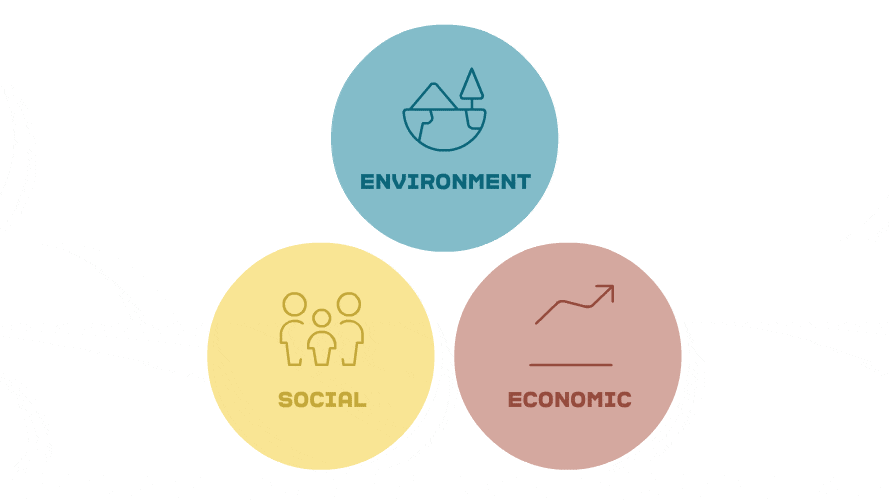Module 8: Environmental Economics
Does economics apply to environmental resources? Resources are finite and is considered as a public good. Let's understand the market around these natural resources.

Overview
This module gives an introduction to Environmental Economics and broadly covers the study of the cost-effective allocation, use, and protection of the world's natural resources. Economics broadly covers how humans produce and consume goods and services. Whereas, Environmental Economics focuses on the management of resources and addresses concerns about their environmental impact.
What you will learn
- How is Environmental Economics different from Economics?
- Placing value on public goods like clean air and calculating the costs of losing those goods.
- Externalities, market failure aspect of businesses
- Impact of environmental policies devising solutions to problems resulting from them.
Social, Economics, Externalities, Environmental Economics
Topics
1. What is Environmental Economics ?
A brief introduction to the concept of environmental economics and why is it important to understand the market around resources.
2. Environmental Externalities and Market Failure
Externalities and market failure are side effects of economic growth. Environmental goods can have a negative impact as they are accessible by all, and this has an impact on all users equally.
3. Valuation & Cost-Benefit Analysis
Environmental economics places a lot of emphasis on valuation since it may be used to assess a range of choices for dealing with problems related to the utilization of environmental and natural resources.
4. Environment and Economic Growth
Economic growth, environmental preservation, social fairness, and institutional capacity are the four fundamental components of sustainable development.The environment is a vital component in accelerating our economic activities.
5. Environmental Goods as Public Goods
Public goods are goods accessible to all. Here we will focus on how these environmental goods are used and managed while considering its environmental impacts.